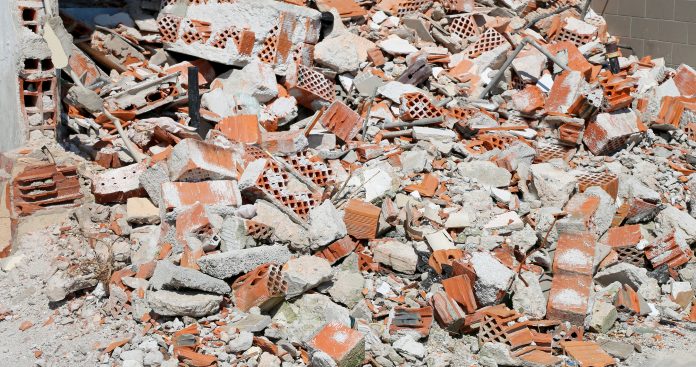Several experts from the Nazarbayev University, Kazakhstan share their views here on the importance of earthquake preparedness, mitigation and resiliency
Throughout history, earthquakes have caused extensive damage in users areas with complex infrastructures and a high population density. Over the past century, millions of people have lost their lives due to earthquakes with many of those deaths occurring in the continental interiors.
Although regions and cities on continental interiors experience earthquakes less often than those along plate boundaries, this leads to a lack of effective action and preparation for earthquakes as the memory of such events fades over long periods of time. Earthquakes are particularly devastating in more built-up areas, such as large cities, as the destruction caused to buildings leads to higher injuries and fatalities as well as immense financial damage.
This is particularly true of Central Asia and the Tien Shan region; over the past century, the Central Asian cities of Ashgabat, Tashkent, Almaty and Dushanbe have experienced particularly devastating earthquakes. Despite relatively few destructive earthquakes in recent times, numerous faults in this region mean that hazard awareness remains high.
Due to the damage and fatalities earthquakes can cause in these highly-populated and built-up areas, the estimation of seismic activity in urban areas is important in all earthquake-prone regions, including Central Asia. Increased earthquake-induced damages in cities are often a result of local geological conditions and soil properties, as well as surface topography and the presence of lakes or other soft deposits. These geological properties combined with the high vulnerability of buildings can result in extreme disasters and high death tolls during earthquakes.
Seismic microzonation
Densely-populated cities can prepare for and mitigate the effects of earthquakes through seismic microzonation. This would involve seismologists dividing cities into specific microzones depending on-site effects and soil properties of each area. The objective of seismic microzonation is to provide estimates of the hazard for each microzone due to earthquakes shaking; for example, determining zones in large cities where buildings will suffer the most and least damage. This is necessary as an earthquake is felt differently throughout a city based on factors, such as distance from the epicentre and type of buildings and type of soil; damage will be more severe for buildings constructed on soft soil as it is less stable than those built on hard rock.
The idea behind microzonation is to develop building codes specific to different areas within a city so that new buildings can be constructed accordingly. The identification of the complex underground structures of the cities can be challenging, but it is necessary for assessing the risk of the effects of earthquakes. By analysing the characteristics of the ground conditions, we can better assess the specific effects earthquakes will have on a region and establish microzones.
In order to be able to predict the essential consequences of earthquakes, we need to develop a physically-based ground-motion prediction methodology incorporated with probabilistic seismic hazard analyses (PSHA). Compared to empirical ground-motion predictions, the simulation methodology is derived from physics and source, path and site effects through statistical approaches. This provides much more flexible and better-suited solutions, especially in complex city environments. Thus, it allows for rapid solutions that would be valid for many earthquake-affected areas, including Central Asia.
The Central Asian network of strong-motion services has continued to develop and grow with a number of programmes, including the Central Asian Seismic Network of CAIAG and the ACROSS Strong Motion Network, emerging over the past decade. Different countries, such as the U.S., Japan, China and some other countries located in seismic active zones, have cooperated on the registration of ground motion fluctuations, buildings and constructions during strong earthquakes.
However, a database of engineering- seismological records on strong ground-motions and new methods for processing and analysing data should be developed through international cooperation. This database would (1) support engineers and seismologists in evaluating the seismic risk of an area; (2) determine the parameters of strong earthquakes and; (3) develop methods for calculating seismic effects. This will increase the reliability of future buildings and structures and influence how buildings are adapted to mitigate the effects of earthquakes, ultimately reducing structural damage.
Finally, the seismic microzonation of densely-populated cities and physically-based ground-motion simulation incorporated with PSHA based on the extensive database compiled through international cooperation will be significantly useful for predicting and mitigating the effects of earthquakes in the future.











